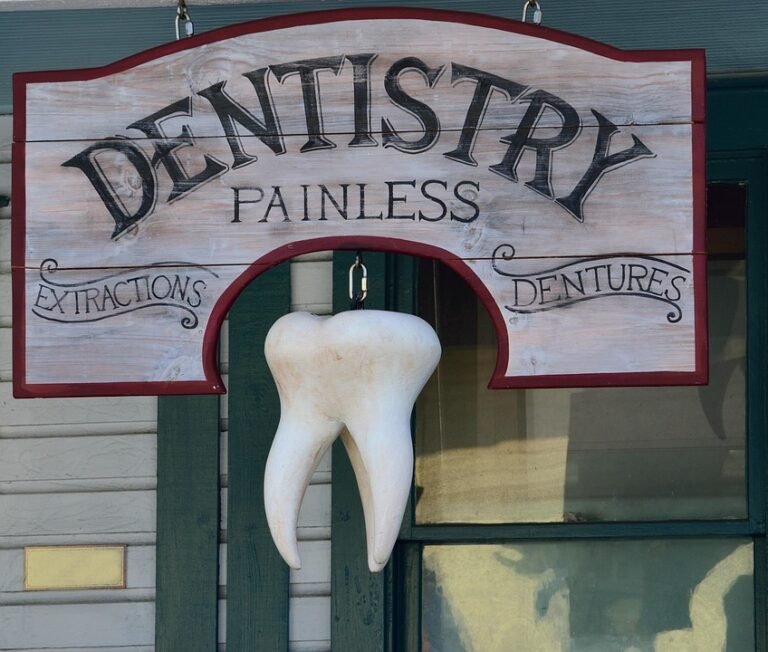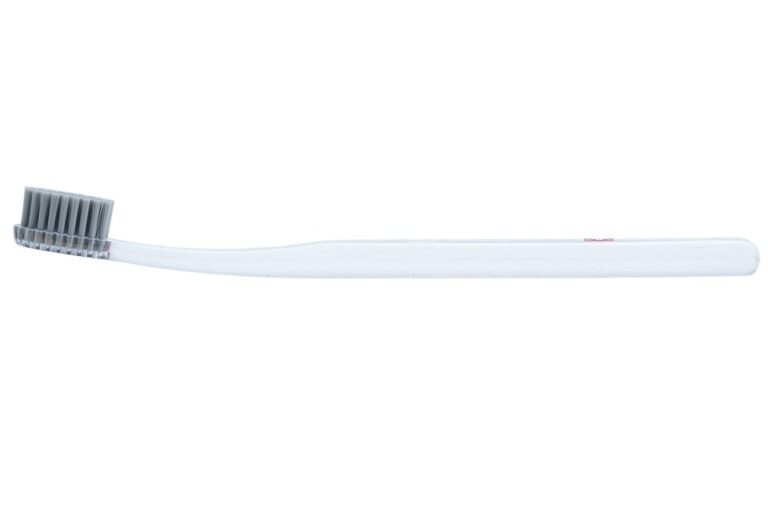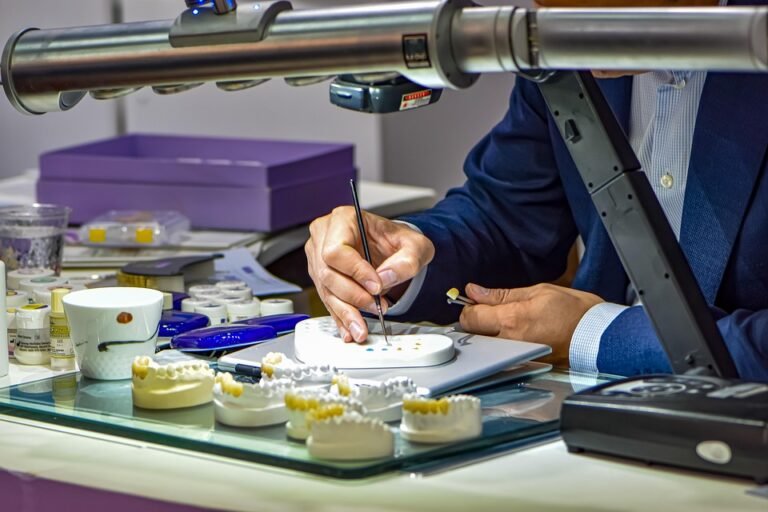What grip types are considered ergonomic for dental instruments?
Okay, so I’m a dental hygienist, and my wrists are killing me! I’ve been practicing for about 7 years now and I think the constant repetitive movements, especially with scaling, are finally catching up to me. I’ve heard a lot about ergonomics and using the right grips to minimize strain, but there seems to be so much conflicting information out there.
I’m specifically looking for information on specific grip types used for things like scalers, explorers, and curettes. I understand there’s no one-size-fits-all answer, but are there certain grips that are generally more ergonomic than others, regardless of the instrument?
For example, I’ve seen some stuff about modified pen grasps and palm grasps, but honestly I’m a bit confused about when each is appropriate and how to actually do them correctly to avoid injury. Are there any good resources (articles, videos, etc.) that clearly demonstrate ergonomic grip techniques?
Also, are there specific features of instrument handles (like diameter, texture, weight) that make a big difference in ergonomic grip effectiveness? I’m considering investing in new instruments and want to make sure I’m choosing ones that will actually help and not just be a waste of money.
Basically, I’m looking for a deep dive into ergonomic grip types in dentistry. Help a girl save her wrists!
Answer
Ergonomic grips for dental instruments aim to reduce strain on the muscles and joints of the hand, wrist, and arm, thereby minimizing the risk of musculoskeletal disorders (MSDs) in dental professionals. Several grip types are considered ergonomic when used correctly. Here’s a detailed overview:
1. Modified Pen Grasp (MPG):
- Description: This grip is the most widely recommended ergonomic grasp for many dental instruments. It resembles holding a pen for writing, but with specific modifications.
- Technique:
- The instrument is held between the thumb and the index finger, with the pads of the fingers contacting the instrument.
- The middle finger is placed on the shank of the instrument, acting as a guide and providing stability.
- The ring finger acts as a fulcrum or rest on a tooth or adjacent structure in the mouth.
- The little finger is relaxed and held near the ring finger, not contributing to the grasp.
- Ergonomic Advantages:
- Allows for precise control and tactile sensitivity.
- Distributes force across multiple fingers, reducing strain on individual joints.
- The fulcrum provides a stable base of support, minimizing the need for tight gripping.
- Facilitates wrist motion for activation, reducing reliance on finger movements.
2. Palm Grasp:
- Description: The instrument is held securely within the palm of the hand. The fingers wrap around the handle, and the thumb may be positioned on top for added control.
- Indications: Often used for instruments requiring significant force, such as rubber dam clamp forceps, surgical elevators, or during extraction procedures.
- Ergonomic Considerations:
- This grip is generally less ergonomic than the modified pen grasp if used for extended periods or for delicate procedures. It can lead to fatigue because it requires more muscle activation in the hand and forearm.
- However, for short bursts of high force, the palm grasp can be appropriate.
- The handle of the instrument should be designed to fit comfortably in the palm and prevent slippage. Instruments with larger diameter handles may be preferable.
3. Palm-Thumb Grasp:
- Description: The handle of the instrument is held in the palm of the hand, and the thumb is used to stabilize and guide the instrument. The other fingers provide additional support.
- Indications: This grasp is used when applying force, such as when using an explorer to detect calculus.
- Ergonomic Considerations:
- Similar to the palm grasp, this grip is generally less ergonomic than the modified pen grasp for prolonged use or fine motor movements.
- It can create stress on the thumb joint if excessive force is applied.
- Considerations similar to the palm grasp apply here: utilize primarily for procedures requiring moderate to high force for short durations.
Factors Influencing Grip Ergonomics:
Beyond the grip type itself, several factors influence how ergonomic a particular grasp is:
-
Instrument Design:
- Handle Diameter: Thicker handles (10-12 mm) generally reduce muscle activity compared to thin handles. However, excessively thick handles can be problematic for individuals with small hands.
- Handle Weight: Lightweight instruments reduce the amount of force needed to hold and manipulate the instrument.
- Handle Texture: A slightly textured surface provides a secure grip without requiring excessive force.
- Balance: A well-balanced instrument minimizes the effort required to maintain control.
-
Glove Fit: Gloves that are too tight can restrict circulation and increase hand fatigue. Gloves that are too loose can compromise grip security and require more force to maintain control.
-
Posture: Maintaining proper posture with neutral wrist positioning is crucial, regardless of the grip type. Avoid extreme wrist flexion, extension, or deviation.
-
Fulcrum (Finger Rest): A stable fulcrum is essential for control and minimizing force. Use intraoral or extraoral fulcrums as appropriate for the procedure. Avoid using a "floating" fulcrum (no finger rest).
-
Duration of Use: Any grip, even the most ergonomic, can become fatiguing if used continuously for extended periods. Take frequent breaks to stretch and rest your hands.
- Training and Technique: Proper training in ergonomic principles and instrument handling is essential for developing and maintaining safe and efficient work habits.
In summary, the modified pen grasp is considered the most ergonomic grip for many dental instruments, particularly those requiring precision and tactile sensitivity. The palm grasp and palm-thumb grasp can be appropriate for short periods when applying force. However, instrument design, glove fit, posture, fulcrum use, and duration of use all play a significant role in determining the overall ergonomics of a grip. Ongoing evaluation and adjustment of techniques are essential for preventing MSDs in dental practice.




